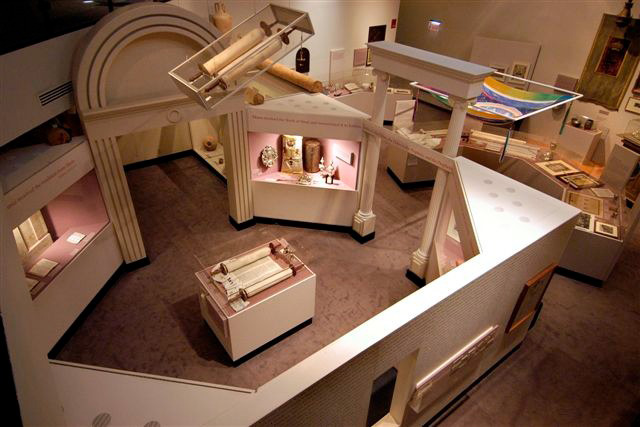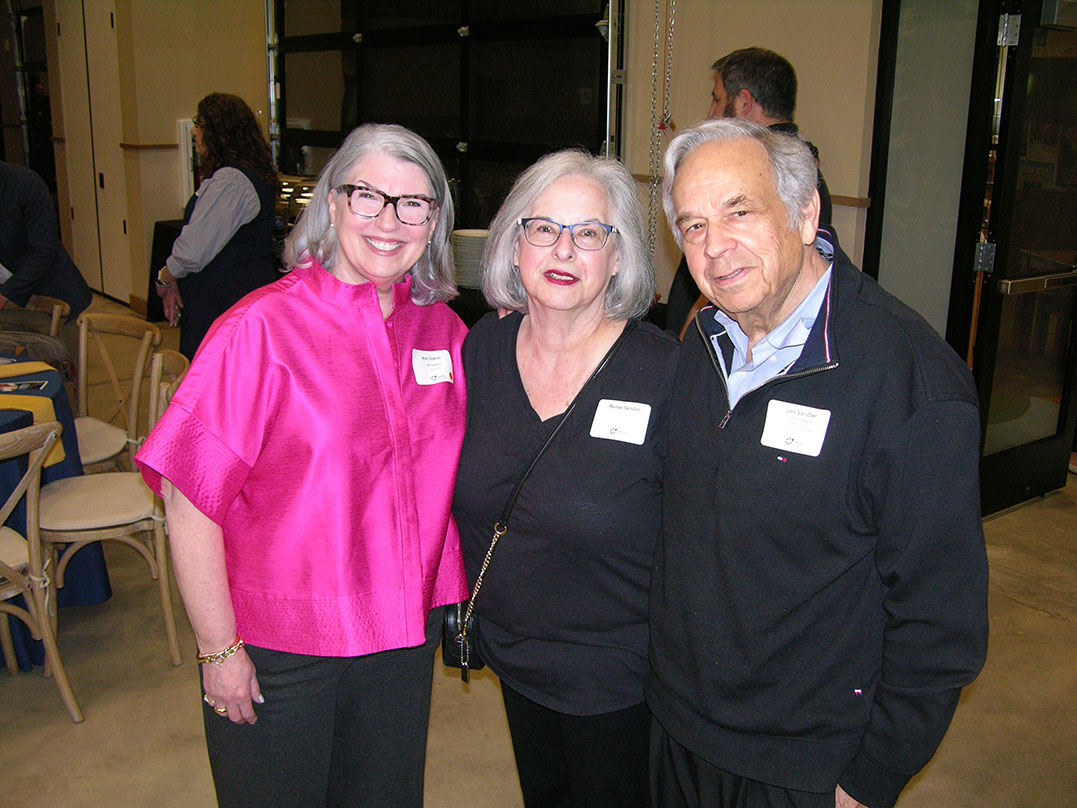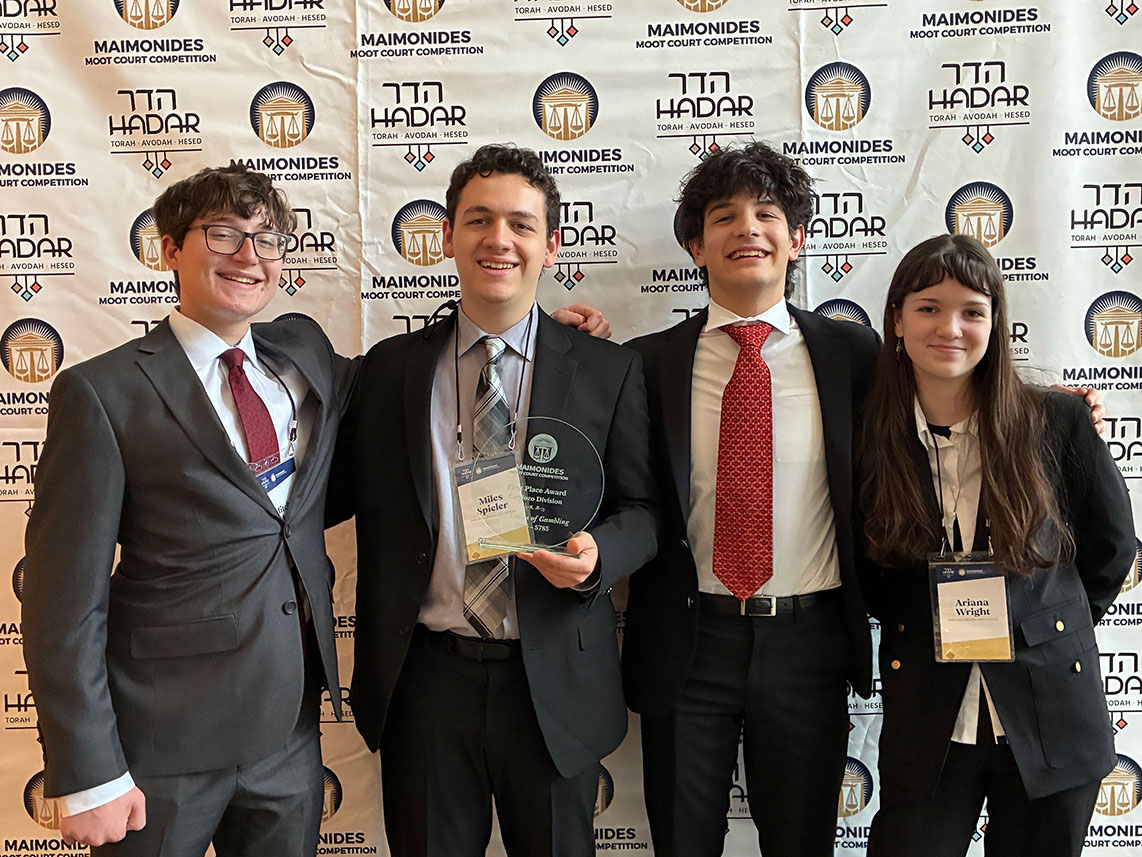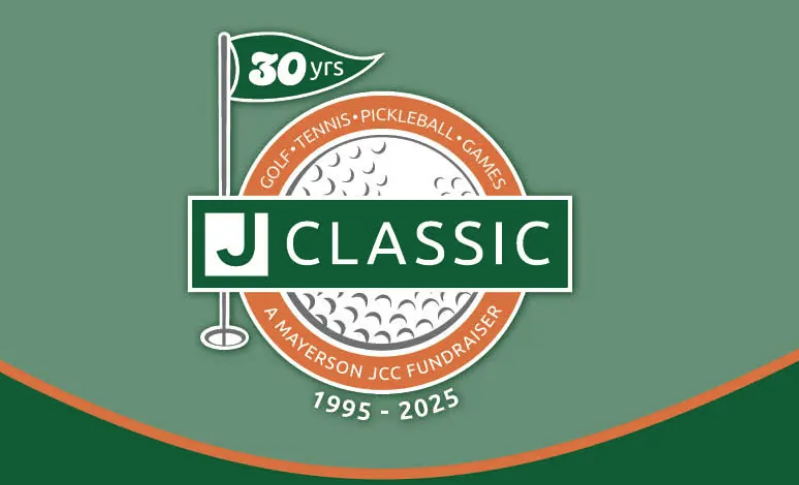Photo courtesy of the Cincinnati Skirball Museum website.
The interior of the Cincinnati Skirball Museum
By Julia Olson
Assistant Editor
The Skirball Museum on the HUC Cincinnati campus will remain open despite the departure of its two remaining staff last month. Sheri Besso, collections manager and preparator for the Skirball, departed the museum on June 7th for the Nancy and David Wolf Holocaust and Humanity Center. Besso had been at HUC since 2015. Abby Schwartz, Curatorial Consultant, left on June 27th, after starting in 2013.
“I feel relieved,” said Schwartz in a recent interview with the American Israelite. “A weight has been lifted that I have been carrying for a very long time. I can take a deep breath now and not wake up every day worried about where this ends for me and for the museum.”
Since the closure of both the rabbinic and doctoral programs at the flagship HUC campus in Cincinnati, the future of institutions such as the Skirball Museum, the AJA, and the Klau Library have been a concern for those in the community.
Despite the recent changes on the HUC campus, Schwartz said she never felt closure of the museum was imminent. “I still don’t,” she added. “There’s a core collection that is accessible, every single object has an identification label and every single section has a heading. You can self tour that museum very easily,” said Schwartz.
The final program at the museum was the Lunch and Learn on June 3rd at which both Schwartz and Besso spoke about the mounting of the current exhibition, The Barr Foundation’s yad collection.
Once Sheri Besso was offered a job at the Holocaust and Humanity Center, Schwartz knew she too would be leaving. “Our conversation had been, if she leaves, I’m going to leave. I could not see a scenario that was going to be comfortable after that.” Even if she had the opportunity to hire a new staff person to replace Besso, Schwartz worried, “Who can I be honest with about their future, given the current circumstances? No one with any talent is going to take that chance. I just said, ‘We’re done. We’ve held on as long as we can. As long as was humanly possible.’ And there wasn’t a single person who pushed back. They all understood.”
Schwartz began her work at the Skirball Museum in 2013. The museum had just reopened under the leadership of the dean at that time, Dr. Jonathan Cohen. “The reason for the closure was always about money. This was not mission central, the museum was always mission adjacent,” said Schwartz. “I worked the entire time I was there to get the faculty to use it and to get students to use it and to understand it as a vehicle for the study of material culture. Occasionally I had a professor or student who was turned on to that, but by and large it served the public.”
But for Schwartz, the museum was the community’s gateway to learning more about HUC.
“I saw that as the biggest part of my job, to help people become friends of the college by first being friends of the museum,” she said.
In 2015, Schwartz hired Besso whom she knew from their time together at the Taft Museum.
Initially, Besso came on as a contract worker and remained so for many years after she was hired. “That’s the thing that woke me up in the middle of the night.
“I would sit straight up in bed at 3:00 in the morning and say ‘She has to be full time and she has to have benefits.’ I worked on that for her, and that happened. Once she was fully on the payroll, I was more comfortable.”
When the discussion about closing the rabbinical school became more concrete, Schwartz warned Besso that she needed to be looking for a new job. “There were no promises that the funds for her position would continue to be there,” Schwartz said.
“It was pure joy when Sheri was offered the position [at the HHC]. Both Sheri and I are deeply saddened by what could be the future for the collection. But we can’t dwell on that, because we have our lives to live. We have to be fruitful and we have to be productive. We feel very confident that we left it far better than we found it. We applied our skillsets in every way we knew how to make it successful and the circumstances just did not align for us to continue that.”
Throughout the interview, Schwartz emphasized the feelings of relief and hope she felt. Besso is enjoying her work at the HHC, and Schwartz said “I can hear the smile in her voice when I ask her how her work is going. She has people she can lean on, she has a support system. We were each other’s support [at the Skirball], but by the end we only had each other.”
Though there will likely be no more public programming at the Skirball, the museum is still open to the public and the collection is still being monitored by a member of HUC staff.
“Everything is in a safe environment. The objects are in microclimates. The collection can sit there for a very long time. That wouldn’t be ideal but, especially if the museum is not open and the lights are off, everything is protected from sunlight and artificial light. It wouldn’t be the first collection that sat dark and dormant for a long time.”
Before their departures, Schwartz and Besso worked to make sure that the work they had promised to finish would be completed. “We have spent our time changing the displays and combining what we had from the core collection with new items that came to us from the B’nai Brith collection. We created stunning visual displays of holidays and festivals, life cycles and Torah,” said Schwartz. Every object is labeled and accessible. “On the 26th of June I put my last label on the deck in the back section. That work is done,” Schwartz added. “There is ample information for any visitor who wants to learn about the history of Jewish Cincinnati.
“Groups can come in. They can be self guided. There are at least two docents who are still giving tours under the direction of Autumn Wheeler, who schedules those. There are ways to still experience the collection and for groups to be involved with that,” she said. Should HUC wish to resume public programming for the Skirball, Schwartz said she has left ideas for the future.
When asked what might serve as a substitute for those who loved attending the Skirball programming, Schwartz said there was simply no replacement. “We were the museum of Jewish art and artifacts. It IS the museum of Jewish art and artifacts. There isn’t another museum in town where you can get that. You have to go up to Cleveland.”
But, the door is not fully closed. Schwartz and Besso worked hard to ensure that the collection would still be accessible even if there was no staff to steward it.
As for Schwartz, who has been in the museum business for 45 years, the work of educating the community on Jewish history is never done. “I don’t see myself as retiring or stopping my very active life in the arts, but it will now be strictly on my terms and on my schedule. I will take on projects as they seem appropriate and meaningful.” Schwartz will still have speaking engagements around town, and there are more projects on the horizon that she may be involved in.
While Schwartz was at the Skirball, Professor Emeritus Samuel Gringus told her that the Skirball had been on life support before her arrival, and that she had made it a “living, breathing thing.”
“I left an incredible legacy,” said Schwartz. “I took something that was really on its last legs and I elevated it to a venue that people loved coming to. I increased attendance. I got grants. I increased revenue. By and large, programs paid for themselves from the grants I received. I took it off of life support and almost single handedly turned it into a really popular venue that could have been a huge factor in HUC development. No matter how hard I tried I didn’t get the support that I needed to make that happen. I don’t feel that I abandoned it, I feel like I held on just as long as I possibly could and did the best that I could. And my legacy will remain.”
The Skirball Museum on the HUC campus is still open to the public. Those wishing to learn about ancient objects, the history of HUC, the history of Jewish Cincinnati, and who want to experience the robust material culture related to the practice of Judaism may visit the museum on Tuesdays and Thursdays from 11:00 a.m. – 3:00 p.m. and on Sundays from 1:00 – 4:00 p.m.





